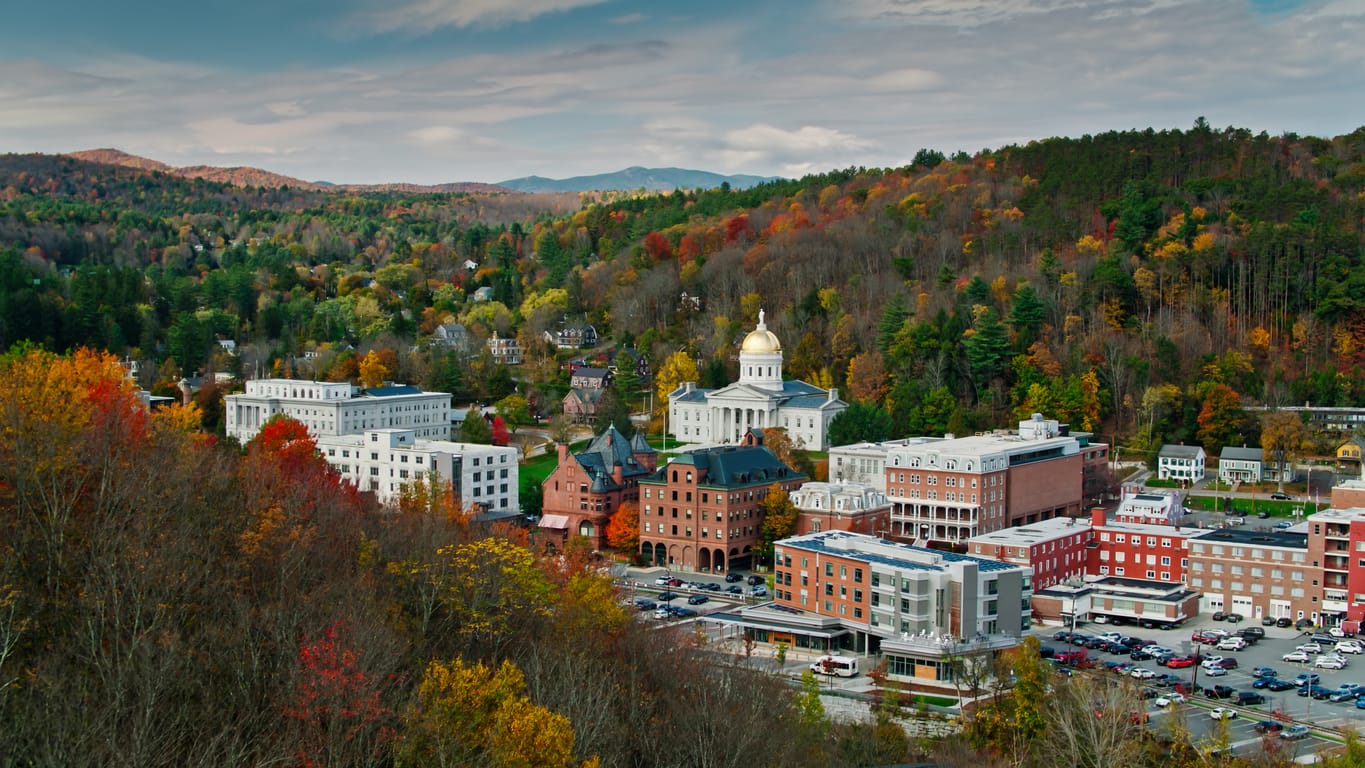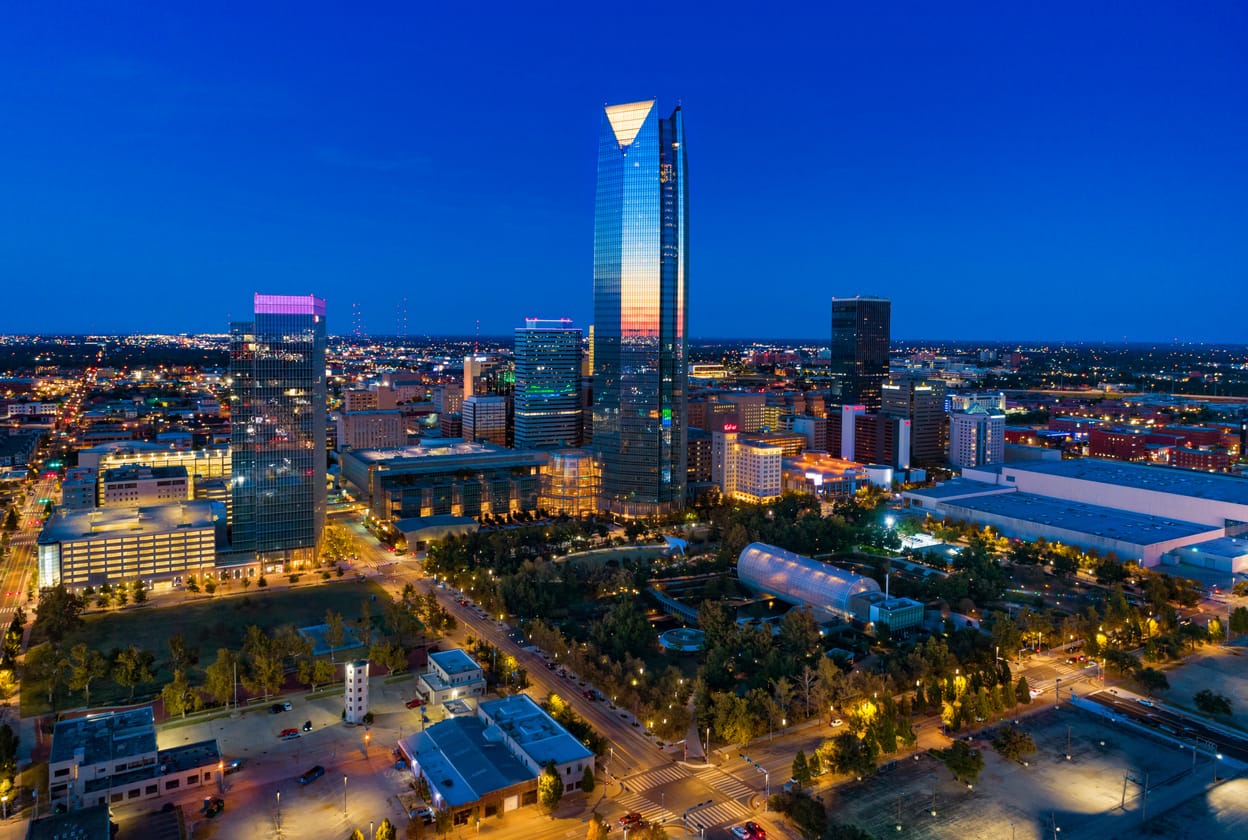Shipping from the State of Vermont to Oklahoma
In the 18th century, the British and French inhabited Vermont. However, both parties were at loggerheads until the French were defeated in the French and Indian war. After the defeat, Vermont was then relinquished to England. Also, in the course of the American Revolution, Vermont declared independence, distinguishing itself from the original 13 colonies, even though the Continental Congress refused to acknowledge it. Eventually, Vermont was admitted into the union as the 14th state in 1790. This happened 14 years after it had become an independent republic.

The state’s name is derived from the word “Montagne Verte”, which is French for Green Mountain. This name resulted in the state’s nickname “Green Mountain State”. Today, Vermont’s mountains are a popular destination for skiers and snowboarders. It is the country’s foremost producer of maple syrup and is the home to the popular Ben & Jerry’s ice cream.
Shipping to the State of Vermont to Oklahoma
The land that today composes Oklahoma was added to the USA as part of the Louisiana Purchase of 1803. Throughout the 19th century, the U.S. government relocated Indian tribes from the southeastern United States to the area, and by 1900, over 30 Indian tribes had been transferred to what was originally called the Indian Territories. At the same time, ranchers in Texas started to relocate into the area searching for new pasture lands, as well as the government at some point opened the land to settlement, creating “land runs” in which inhabitants were enabled to go across the border at a specific hr to insurance claim homesteads.

Settlers that broke the law as well as crossed the boundary faster than enabled were called “Sooners,” which ultimately came to be the state’s nickname. Oklahoma ended up being the 46th state in 1907, complying with numerous acts that incorporated an increasing number of Indian tribal lands into the UNITED STATE area. After its inclusion in the union, Oklahoma ended up being a center for oil manufacturing, with much of the state’s early development coming from that industry. Throughout the 1930s, Oklahoma experienced droughts as well as high winds, ruining numerous ranches and developing the well-known dust bowl of the Great Clinical depression era.
